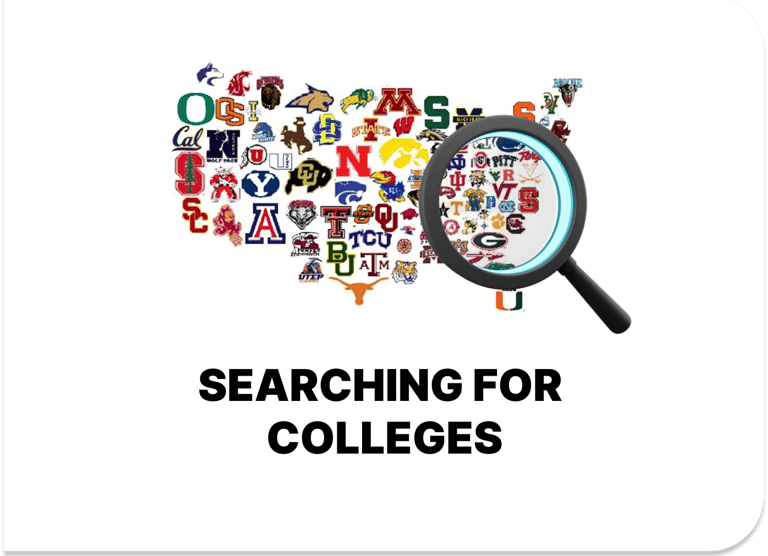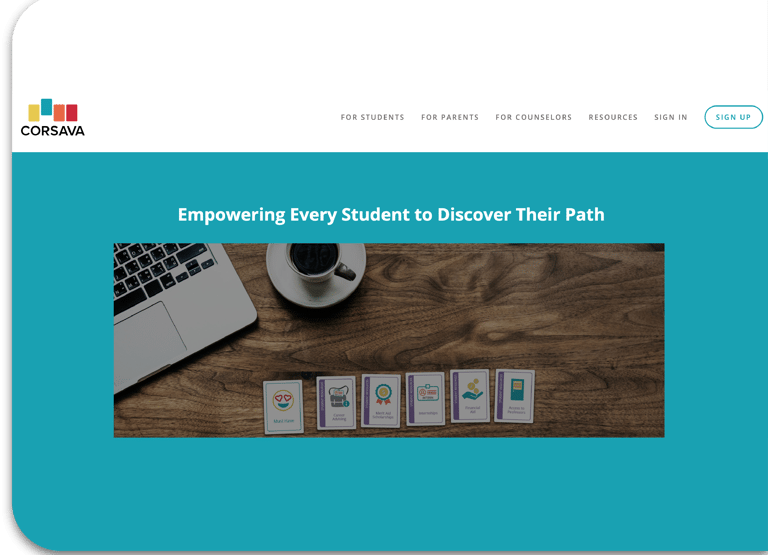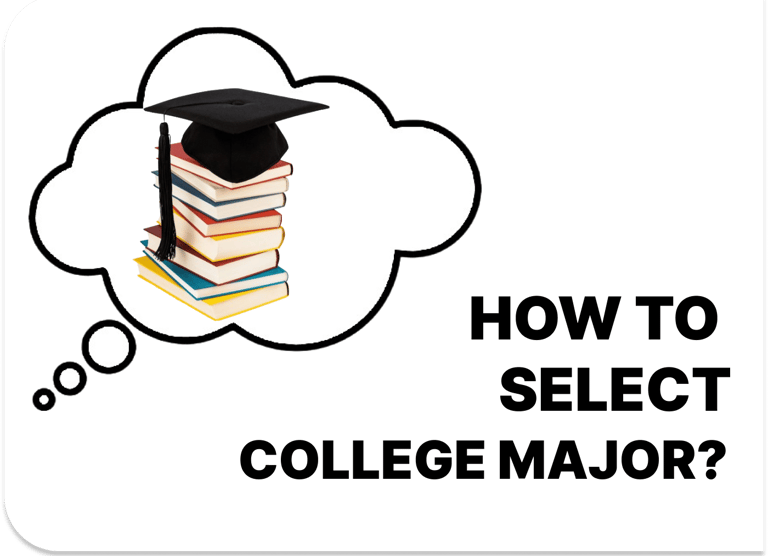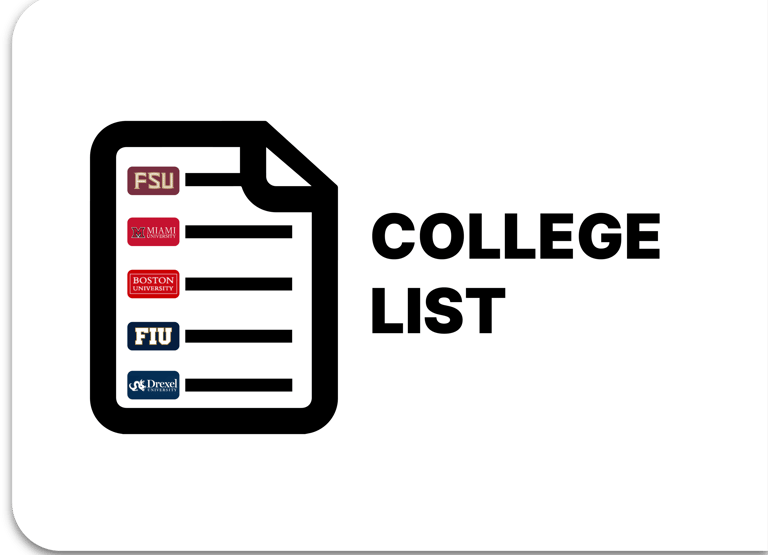
STEP 1: SEARCHING FOR COLLEGES
To develop your college list, it is important to understand the options available to you. The best way to do this is by researching colleges in your area and beyond. You can use several tools to look up colleges. For example:
1. CounselMore - All EduPlan students have access to CounselMore, which also features a useful search tool to help you learn about colleges. Its College Admissions Database provides descriptions, insights, and relevant statistics on many colleges, offering a useful glance at the available options. To access the database, CLICK HERE.
2- College Websites - Every college has its own website with details about majors, student activities, campus life, and more. It is highly recommended to browse the college's website in detail and sign up for their newsletter to stay informed about news and developments.
Let’s talk about how to select colleges that align with your aspirations.
Developing your College List!


3- FISKE Guide to Colleges - Another highly recommended resource is the latest Fiske Guide to Colleges. This book provides descriptions, analyses, and rankings of hundreds of American colleges across disciplines. It is a comprehensive guide to college options, helping students make informed decisions about their educational choices. The book is readily available on Amazon, or you can also check your school libraries.
4- Recommendations from Friends & Family - Discuss your aspirations and college program expectations with your friends and family, who might be able to narrate personal experiences. Also, seek guidance from your high school counselors.
5- School Visits - Every year, colleges visit high schools across the country to help students learn what they have to offer. Do not miss out on this opportunity to meet college representatives, ask questions directly, and learn valuable insights about the schools you are considering.
6- College Fairs - In addition, colleges also participate in college fairs. Visit the NACAC website to learn more about the schedule of the upcoming college fairs and plan to attend at least a few events, which would give you the opportunity to meet different college representatives and understand how their offerings suit your interests and preferences.



STEP 2: LEARNING ABOUT YOUR PRIORITIES
A great tool to reflect on what truly matters to you as you visualize your college experience is CORSAVA.
By sorting a set of categorized cards—covering factors like campus size, academic environment, social life, diversity—you can start defining your personal preferences, what you consider “must-haves,” “nice-to-haves,” and “non-negotiables.” This structured reflection process will allow you to focus your college search on institutions that genuinely align with your values, goals, and learning styles, shifting your perspective from “Where can I get in?” to “Where will I thrive?”
Use this link - CORSAVA - to explore this tool.
In addition, EduPlan Students and Parents must complete the COLLEGE PRIORITIES ASSESSMENT, which allows us to develop a college list together, taking into consideration your particular interests, needs, goals, and fit.
Students - Please complete the form available through this link - STUDENT COLLEGE PRIORITIES ASSESSMENT
Parents - Please complete the form available through this link - PARENT COLLEGE PRIORITIES ASSESSMENT

STEP 3: SELECTING A MAJOR
The next important step is to get a better understanding of your major preferences. Selecting a major will have a significant impact on your college list. There are several tools to help you with choosing a major based on your interests, passions, and strengths.
Visit the EduPlan page on COLLEGE MAJORS to learn more about how to choose a major that is aligned with your aspirations and your skillset.





STEP 4: FINALIZING THE LIST
As you finalize your college list, it’s important to build a well-balanced portfolio of schools that vary in selectivity. This strategy not only increases your chances of admission but also ensures that you’ll have great options to choose from in the spring.
We recommend that most students apply to around 12 colleges, divided into four categories: lottery, reach, fit, and likely schools. Here’s what each category means:
Lottery schools are extremely selective institutions where even the strongest applicants are not guaranteed admission. These include many Ivy League and top-tier universities with acceptance rates in the single digits. Admission can feel unpredictable—hence the term “lottery.”
Reach schools are schools where your academic profile (GPA, test scores, coursework, etc.) falls below or on the lower end of the typical admitted student range. Admission is still possible, but less likely, and will often depend on other standout factors in your application.
Fit schools (also known as target or match schools) are colleges where your academic credentials closely match those of the average admitted student. You stand a good chance of being accepted if all parts of your application are strong and well-presented.
Likely schools (sometimes referred to as “safety schools”) are institutions where your academic profile is stronger than that of the typical admitted student. You are likely to be accepted, especially if you show genuine interest, and these should include at least one school you’d be excited to attend.
Choosing colleges thoughtfully across these categories ensures that you not only apply to dream schools but also to institutions where you’re more likely to gain admission and receive financial aid or scholarships. It’s not just about getting into college—it’s about finding the right environment where you can thrive academically, socially, and personally.
